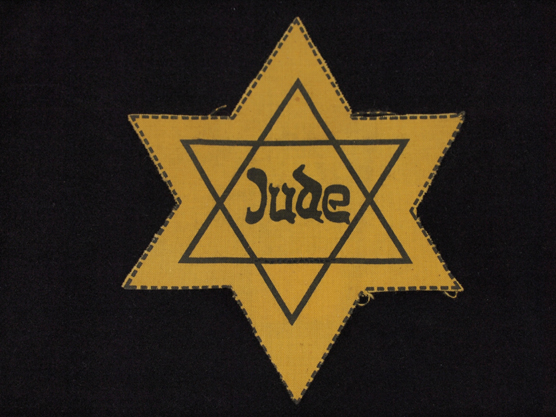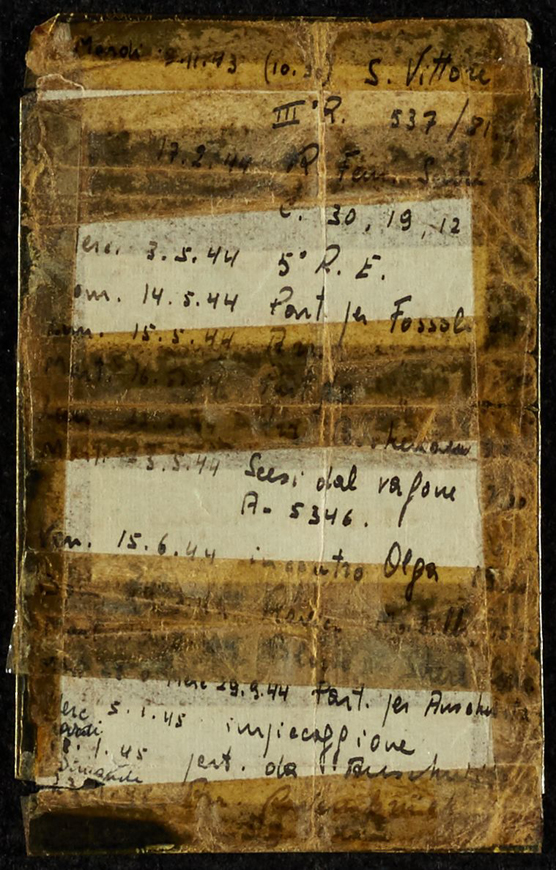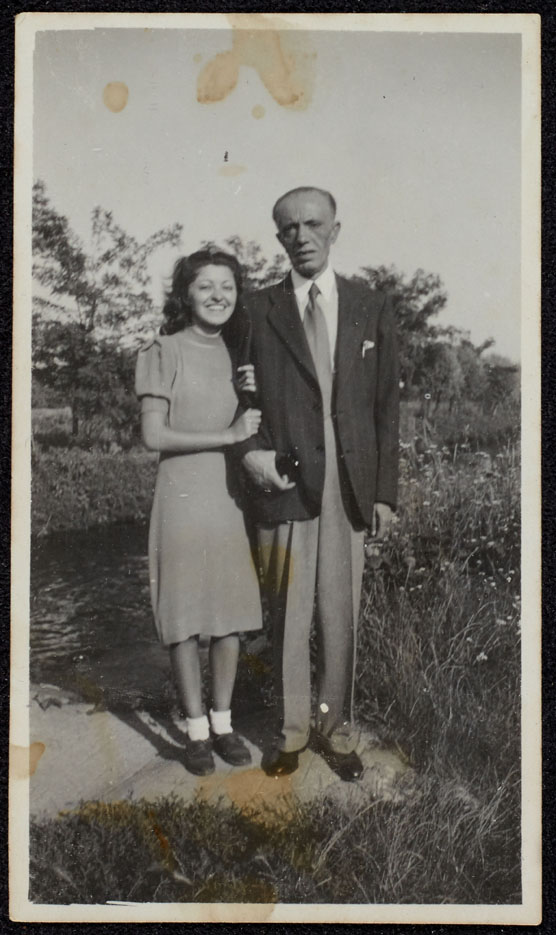Kindertransport – the exception
For Jewish children living under Nazi rule, rescue via the Kindertransports was the absolute exception, not the norm. Just fewer than 10,000 children were rescued on these transports.
The majority of children stayed with their families in Germany and the territories under Nazi occupation. Together they endured the growing Nazi persecution of Jews which turned into genocide after the beginning of the war.

The Yellow Star symbolises the public stigmatisation of Jewish people and their exclusion from society. From 1941 on, all Jews in Germany and the occupied territories had to wear the star – including children from 10 years of age. Jews were now easily identifiable in preparation for ghettoisation and the deportations to concentration camps starting in 1941. © National Holocaust Centre and Museum
Children and their families were forced from their homes and sent to the ghettos and concentration camps. Here, children and the elderly were amongst the most vulnerable group with the lowest rate of survival. Those who survived the horrific living conditions witnessed starvation, disease and murder at the hands of the Nazis.

This tiny crumpled-up paper is a list of the dates and camps in which Victoria Vincent was held by the Nazi regime. She kept the list hidden in her shoe. Why would she have written the list? What could it have meant to her under the circumstances?
© National Holocaust Centre and Museum

Victoria Ancona Vincent with her father in 1939.
© National Holocaust Centre and Museum
To escape the deportations, up to 100,000 children went into hiding. Hiding was risky and frequently ended in discovery. A far greater number of children were deported and sent to one of the extermination camps in the East. Approximately 1.5 million children were murdered during the Holocaust.